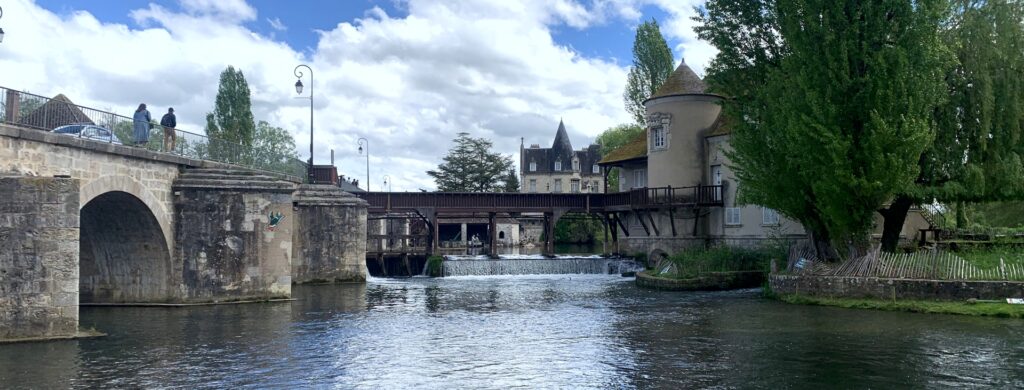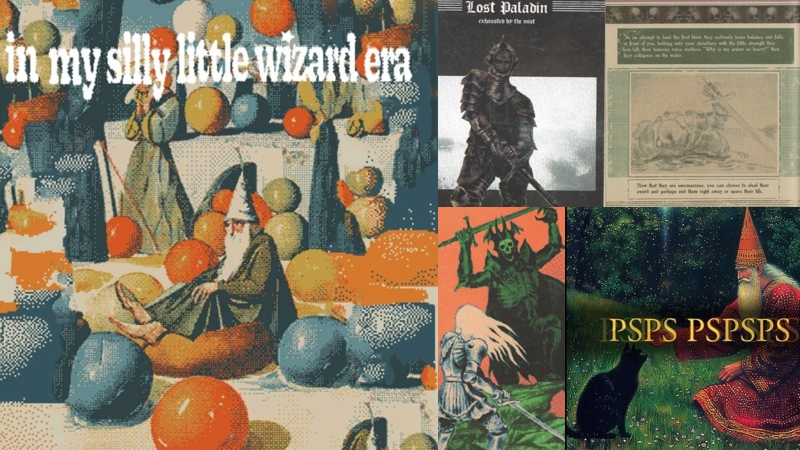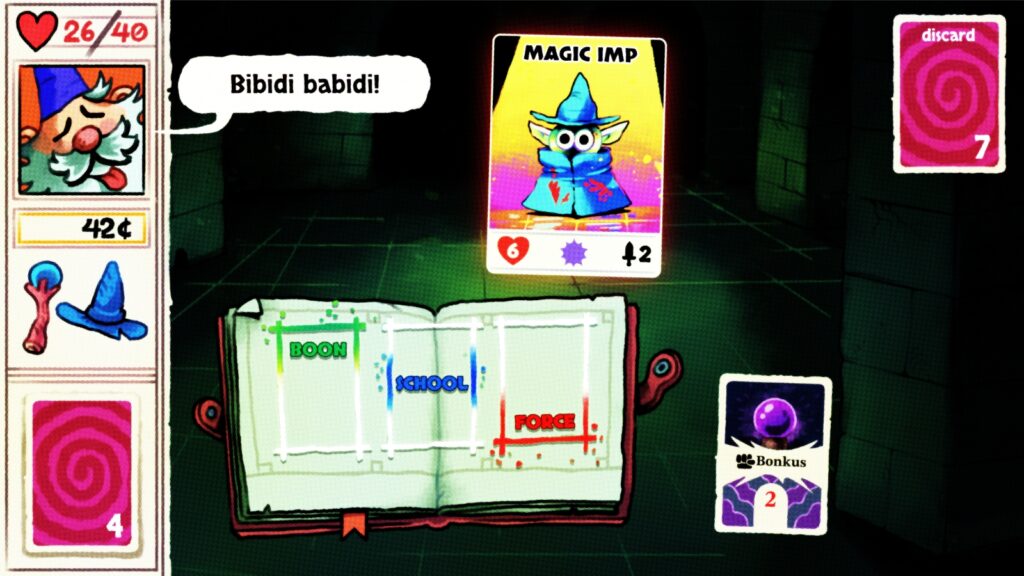Hey friends! Today, we’ll take a peek at the next prototype we’re working on. But how did we even get there? Why are we making a game in a genre that’s had its limelight almost a decade ago? It’s going to get pretty long, so let’s dive right into it!
How Am I Doing?
But first, I like to take a moment to say I’m doing very well. I had a lovely week full of fun little activities and nice weather, both sunny and some gleeful April showers. To top it all off, on Easter, we hiked with some friends to a quaint little town called Montigny-sur-Loing. See picture below.

It was also one of those weeks were I enjoyed being a good househusband. My girlfriend was away on a work trip to an art market in Switzerland, while I stayed behind. I’ve really come to like taking care of the house, the plants, stocking the fridge, prepping meals, and cleaning. It has become a sort of meditative experience for me, where I take a step back from absorbing new information and allow myself to just enjoy the process of executing the chores.
That being said, I also listened to this year’s Brandon Sanderson lectures about science fiction and fantasy writing. It’s a great free resource that digs into writing tips for any kind of fiction, honestly, but specifically commercial fantasy. It made me open up an old, dusty manuscript I worked on in years long past and rekindled my interest in potentially writing a novel one day.
What Am I Doing?
So apart from all that, I’ve also been thoroughly enjoying toiling away on our games. After wrapping up the Loopy Folk prototype, we’ve begun work on our second BuildyCrafty prototype: a roguelike deckbuilder in a wizardcore jacket. Now… that’s a lot of buzzwords that need some explaining, perhaps.
The roguelike deckbuilder is a genre of games where you start with a basic deck of cards that you expand by picking from random cards each time you win an encounter. Typically, this is done by battling enemies, such as in the genre’s flagship Slay the Spire, but other variations have since become popular too, especially since the breakout hit Balatro.
Our take on the genre has you play an archetypal wizard, who makes their way through a dungeon to fight monsters. Our main mechanic involves a spellbook, on which you combine cards to create powerful and unique spell effects, as opposed to playing the cards directly and individually.

Wizardcore Aesthetic
Wizardcore is a particular style that, as you might’ve guessed, highlights the typical wizard look and activities: pointy hats, staffs, beards, and causing mischief with chaotic magic. The visuals are often inspired or lifted directly off of late 70’s and early 80’s high fantasy art.

There’s ample use of dithering, pointilism, risographie, and printing artifacts that give this unique, washed-out texture that leaves so much to the imagination. Jonas is currently exploring how exactly we can evoke a similar feeling through a lens of our own.
We’ve settled on simultaneously dark and silly. Twisted monsters in dark corridors face off against a cute little wizard who shouts incantations like “Bibidi Babidi Boo!” Potentially, it might throw some people off, but at the very least, I have no doubt we’ll be able to pull off something pleasing and catchy to look at.
Why Am I Doing? (this)
So why did we end up with a roguelike deckbuilder? The genre has become quite saturated over time, so pursuing this game is not without its risks. When we got together in March, we brainstormed a ton of ideas and honed in on a handful of genres we’re interested in making. Jonas in particular wanted to make something with classical high-fantasy elements. More specifically, playing into the fantasy of being a wizard.
Single-player card games are one of the genres we wanted to explore. Jonas was really into Balatro at the time, and I’d been playing a lot of Slice & Dice, so I think we very quickly settled on a deckbuilder dungeon crawler. We decided to make a pen & paper prototype first, and pretty much immediately came up with the spellbook and component cards idea. Each card has a top, middle, and bottom effect, and depending on where you place them in the spellbook, it chooses which effect is used for the spell.
We played it for a couple of small sessions and figured it had enough potential to go into the list of contenders. Over the course of the week, we kept coming back to the idea, even as we were working on other ideas as well. When we put all the contenders for prototypes together, it was pretty clear that this was the one we’re both most excited about.

Lightning in a Bottle
When I got back home, we worked on Loopy Folk first and gave this idea some time to simmer. At some point, I made another pen & paper prototype to fix the most glaring issues the first version had. At that point, I knew we had something special on our hands.
You see, I’m a systems designer first and foremost. Usually, when I get to a point where I know the systems do their job properly, I tend to lose interest, even before designing and implementing any content. I play a prototype three times, maybe four if I want to test certain interactions or see specific results. But in the end, the games I make prototypes for tend to be very basic, and kind of boring. When I make other people play them, they see the potential but don’t want to play it again until something new is added.
But this prototype. I played 6 sessions straight. Then I went for a walk… just to return early and do another session. I wanted to know what kind of builds I could make with the most basic cards we’d designed. Then, in the weekend, I played it another couple of times, just for fun. In a way, it’s the very first game I’ve designed that I actively want to play as a gamer, more so than a designer.
As I’m writing this, I’ve already played 13 hours of various versions of this game. That’s more than the average playtime of new indie games I pick up these days. I really think we caught lightning in a bottle with this one! So we know we’ve got a good game, now it’s about trying to stand out in this market. I believe the wizardcore aesthetic, the spellbook mechanic, and the fact that our wizard audibly shouts out the spells you combine yourself gives us a leg up in terms of virality. But is it going to be enough?
I’m wrapping up the prototype as we speak, so keep an eye out for next week’s newsletter. There’ll be a prototype included in that one! You could be one of the first people who play the next big hit 😉
